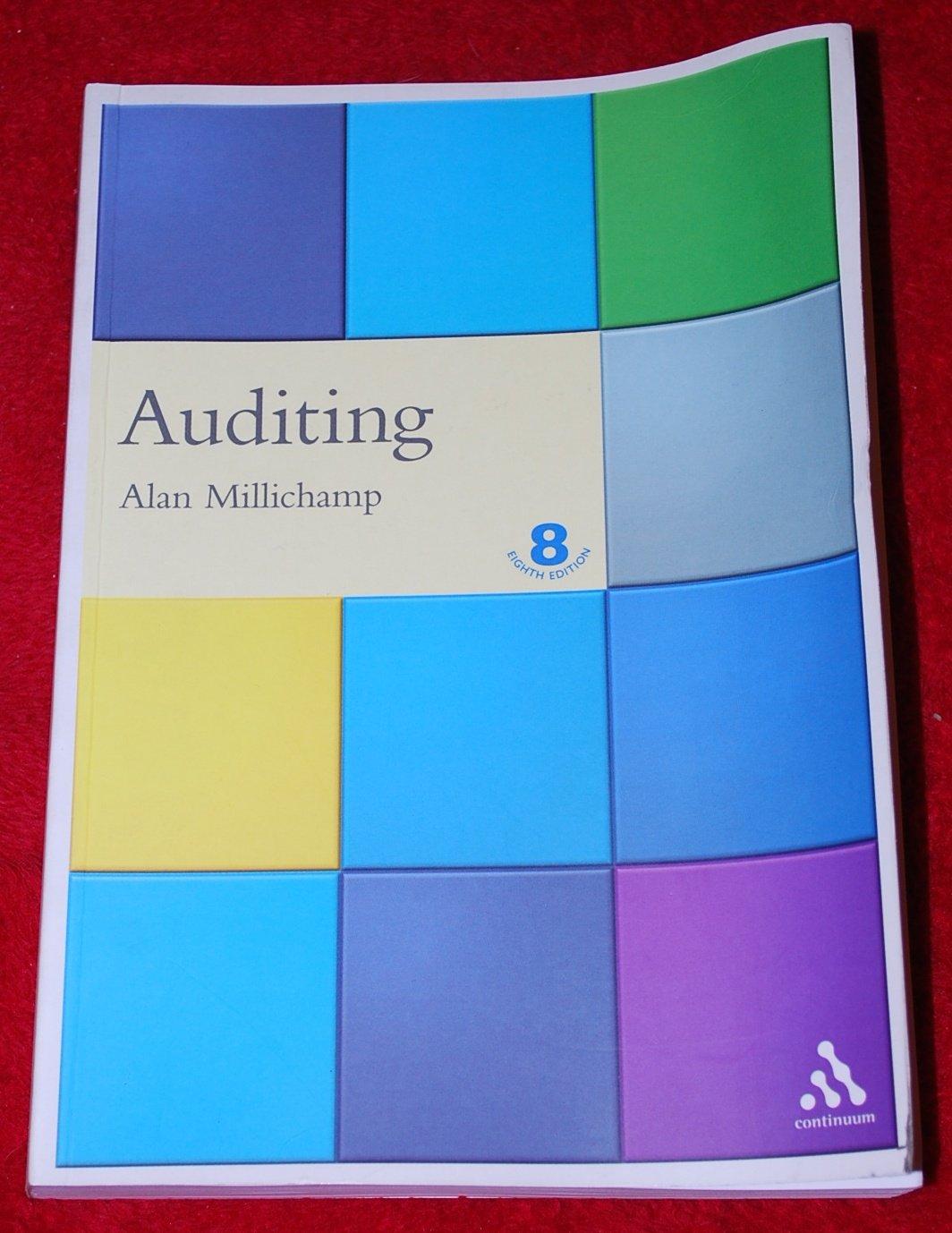Question
XYZ is a calendar-year corporation. For 2016, it reported the following information in its current year audited income statement. Notes with important tax information are
XYZ is a calendar-year corporation. For 2016, it reported the following information in its current year audited income statement. Notes with important tax information are provided below.
| XYZ corp. | Book Income | ||
| Income statement | |||
| For current year | |||
| Revenue from sales | $ | 40,000,000 | |
| Cost of Goods Sold | (27,000,000 | ) | |
| Gross profit | $ | 13,000,000 | |
| Other income: | |||
| Income from investment in corporate stock | 300,000 | 1 | |
| Interest income | 20,000 | 2 | |
| Capital gains (losses) | (4,000 | ) | |
| Gain or loss from disposition of fixed assets | 3,000 | 3 | |
| Miscellaneous income | 50,000 | ||
| Gross Income | $ | 13,369,000 | |
| Expenses: | |||
| Compensation | (7,500,000 | )4 | |
| Stock option compensation | (200,000 | )5 | |
| Advertising | (1,350,000 | ) | |
| Repairs and Maintenance | (75,000 | ) | |
| Rent | (22,000 | ) | |
| Bad Debt expense | (41,000 | )6 | |
| Depreciation | (1,400,000 | )7 | |
| Warranty expenses | (70,000 | )8 | |
| Charitable donations | (500,000 | )9 | |
| Meals and entertainment | (18,000 | ) | |
| Goodwill impairment | (30,000 | )10 | |
| Organizational expenditures | (44,000 | )11 | |
| Other expenses | (140,000 | )12 | |
| Total expenses | $ | (11,390,000 | ) |
| Income before taxes | $ | 1,979,000 | |
| Provision for income taxes | (720,000 | )13 | |
| Net Income after taxes | $ | 1,259,000 | 14 |
|
| |||
Notes:
XYZ owns 30 percent of the outstanding Hobble Corp. (HC) stock. Hobble Corp. reported $1,000,000 of income for the year. XYZ accounted for its investment in HC under the equity method and it recorded its pro rata share of HC's earnings for the year. HC also distributed a $200,000 dividend to XYZ.
Of the $20,000 interest income, $5,000 was from a City of Seattle bond (issued in 2014) that was used to fund public activities, $7,000 was from a Tacoma City bond (issued in 2014) used to fund private activities, $6,000 was from a fully taxable corporate bond, and the remaining $2,000 was from a money market account.
This gain is from equipment that XYZ purchased in February and sold in December (i.e., it does not qualify as 1231 gain).
This includes total officer compensation of $2,500,000 (no one officer received more than $1,000,000 compensation).
This amount is the portion of incentive stock option compensation that was expensed during the year (recipients are officers).
XYZ actually wrote off $27,000 of its accounts receivable as uncollectible.
Regular tax depreciation was $1,900,000 and AMT (and ACE) depreciation was $1,700,000.
In the current year, XYZ did not make any actual payments on warranties it provided to customers.
XYZ made $500,000 of cash contributions to qualified charities during the year.
On July 1 of this year XYZ acquired the assets of another business. In the process it acquired $300,000 of goodwill. At the end of the year, XYZ wrote off $30,000 of the goodwill as impaired.
XYZ expensed all of its organizational expenditures for book purposes. XYZ expensed the maximum amount of organizational expenditures allowed for tax purposes.
The other expenses do not contain any items with book-tax differences.
This is an estimated tax provision (federal tax expense) for the year. Assume that XYZ is not subject to state income taxes.
XYZ calculated that its domestic production activities deduction (DPAD) is $90,000. This amount is not included on the audited income statement numbers.
Estimated tax information:
XYZ made four equal estimated tax payments totaling $480,000. Assume for purposes of estimated tax liabilities, XYZ was in existence in 2015 and it reported a tax liability of $800,000. During 2016, XYZ determined its taxable income at the end of each of the four quarters as follows:
| Quarter-end | Cumulative taxable income (loss) | ||
| First | $ | 350,000 | |
| Second | $ | 800,000 | |
| Third | $ | 1,000,000 | |
|
| |||
Finally, assume that XYZ is not a large corporation for purposes of estimated tax calculations. (Do not round intermediate calculations. Round your answers to the nearest dollar amount.)
a. Compute XYZs taxable income.
b. Compute XYZs regular income tax liability.
| c. Complete XYZs Schedule M-1. | ||||||||||||||||||||||||||||||||||||||||||||||||||||||||||||||||||||||||||||
| ||||||||||||||||||||||||||||||||||||||||||||||||||||||||||||||||||||||||||||
E. Compute XYZs alternative minimum tax, if any.
g. Determine the quarters for which XYZ is subject to underpayment of estimated taxes penalties (see estimated tax information below).
|
Step by Step Solution
There are 3 Steps involved in it
Step: 1

Get Instant Access to Expert-Tailored Solutions
See step-by-step solutions with expert insights and AI powered tools for academic success
Step: 2

Step: 3

Ace Your Homework with AI
Get the answers you need in no time with our AI-driven, step-by-step assistance
Get Started


